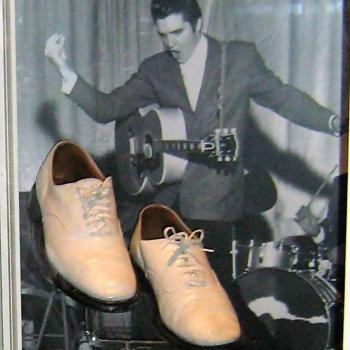at The Fix:
Around 6 pm on a spring evening, I walk with Hector Mata through an area of northern Manhattan known as “the Zig-Zag,” sculpted by the off-ramps of the George Washington Bridge. We pass a playground, go down through a woodsy area, slip through a hole in a fence, and step into a clearing next to a highway. We see cushions, blankets, a makeshift tent and a near-human-sized doll. A real woman is sitting against a stone wall.
“That’s Chris,” says Mata. As she hears us approaching, she looks up, startled. “It’s just me, Hector; you don’t have to be scared,” he calls out. She relaxes. A man pokes his head out of the tent. “You guys need needles?” Mata asks.
“Yeah,” Chris replies. She’s a young white woman, her face badly burnt. Mata later explains that the burns are from the crack pipe getting too hot. Because ruptures in the skin are common, particularly on the lips, sharing paraphernalia can spread HIV and Hep C. He gives them clean needles, as well as cookers for crack, “chore boys” (copper wool used for smoking crack—the cheap stuff from the store can release carcinogens), and stem tips (the pieces for the end of the pipe). “Do you mind if…?” Chris asks, trailing off.
“Hey, we’re in your space,” Mata replies. Chris pulls a torn sweater over her head to form an expedient shelter, takes a hit of crack and walks away a little to exhale. The air takes on a sharp, plasticky smell.
more (read the whole thing…)











